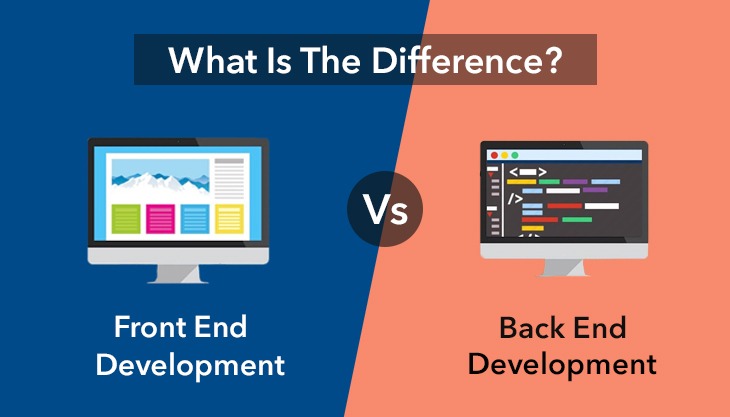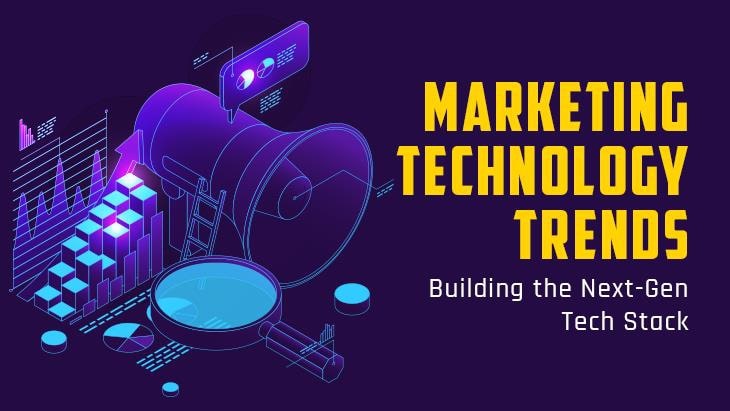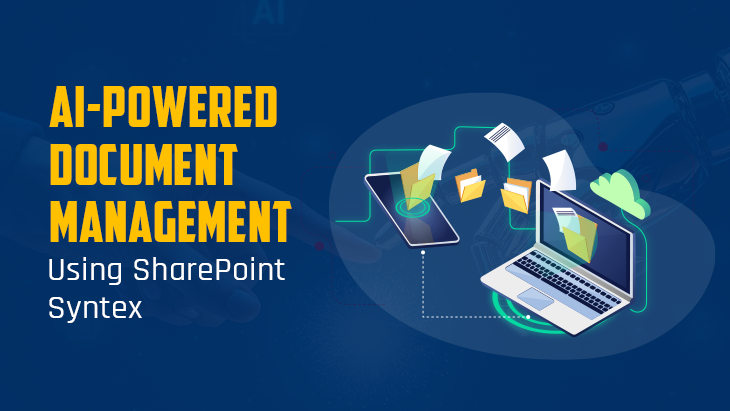Programming is composed of a wide range of topics and skills. Those who are really interested in breaking into the section may find it difficult to narrow down a field of study without knowing the roles and responsibilities that go with them. Web development is the most important part of web development which is the process of developing websites for the internet. In common, web development refers to the more non-design aspect of a website, which includes markup, programming, and non-design aspects of the website. Developers focus more on the technical part of building a website including graphics, programming, constructing the layout, and integrating applications. Frontend and backend are the terms used by most people in the tech industry. They define the type of task or work you do as a software developer and the technologies you use. There are many similarities found between the front end and back end development careers, some of the similarities are job growth, career longevity, and salary. In general, frontend development means how the website looks, on the other hand, back end development means how the website works. In this blog, we are going to discuss Front End vs Back End Development in detail.
What Is Front End Web Development
To be precise, the frontend of a website is how you see and interact with your browser. It is also referred to as client-side. It comprises everything that the user experiences directly including text, colors, images, buttons, and navigation menus. It is mostly focused on what some may coin the “client-side” of development. Front-end developers are responsible for the feel, look, and design of the website.
Front end Languages: The front end portion of the website is built by using programming languages such as HTML, CSS, and Javascript.
HTML: HTML means Hyper Text Markup Languages which is used to design the front end of web pages using a markup language. Hypertext represents the link between the web pages, and markup language is used to refer to the text documentation within the tag that represents the structure of web pages.
CSS: CSS means Cascading Style Sheets and it defines the style of website content including layout, fonts, colors, and more. It is a designed language intended to simplify the process of making a web page presentable.
JavaScript: JavaScript is a scripting language used for more interactive elements like contact forms, modal windows, and drop-down menus.
Front End Frameworks And Libraries: some of the frameworks and libraries used for front end development are:
AngularJS: It is a JavaScript open-source front-end framework that is used to develop single-page web applications (SPAs). It offers the best ways for developing web applications and it changes the static HTML to dynamic HTML.
React.js: It is a flexible, efficient, and declarative JavaScript library used for building user interfaces. It is an open-source and component-based front end library used for the view layer of the application.
Bootstrap: it is a free and open-source tool collection for developing responsive websites and web applications.
SASS: It is a Robust CSS extension language and used to extend the functionality of an existing CSS of sites including variables, inheritance, and more.
Some other frameworks and libraries used are Ember.js et, Empress.js, Foundation, Materialize, and more.
What Is Back End Development
The back-end refers to the server-side of the application, consisting of everything on the server which provides data on request. For example, when a customer browses ornaments on a website, they are interacting with the front end. After they select the product they need, put it in the shopping cart, and authorize the purchase, the data is kept inside the database which resides on the server. When the customer checks on the status of their product delivery, the server pulls the relevant updates or information, updates it with tracking data, and presents it through the front-end. The server-side of the website is responsible for storing and organizing data and ensuring everything on the client-side works perfectly. The backend communicates with the front-end, sending and receiving information to be visually displayed as a web page. Some of the common activities of backend development are creating libraries, writing APIs, and working with system components without user interfaces.
Backend Languages: Some of the languages used for building back end portion are:
PHP: it is a server-side scripting language designed particularly for web development. It is also called a server-side scripting language.
C++: it is a general-purpose programming language and it is used for competitive programming. It is the most preferred backend programming language by developers.
Python: It is a programming language that integrates systems more efficiently.
JavaScript: It can be used as both frontend and backend programming language.
Node.js: It is an open-source runtime environment for executing JavaScript code outside of a browser. It is used for building back-end services including Web app, Mobile app, and more.
Back End Frameworks: some of the common backend frameworks are Laravel, Spring, Express, Django, etc. Other back end programs are ruby, REST, GO, and C#.
Conclusion
By going through this blog, you can easily understand Front End vs Back End Development. In simple terms, the frontend denotes the browser and the backend, the server, or the cloud. If you like to spend more time on solving business issues, working in the cloud, creating APIs, and writing algorithms, then backend is the best for you. If you are comfortable with design aspects, then the frontend is a good choice for you. If you are confused, then get help from a software development company to know more.
















Post Comments